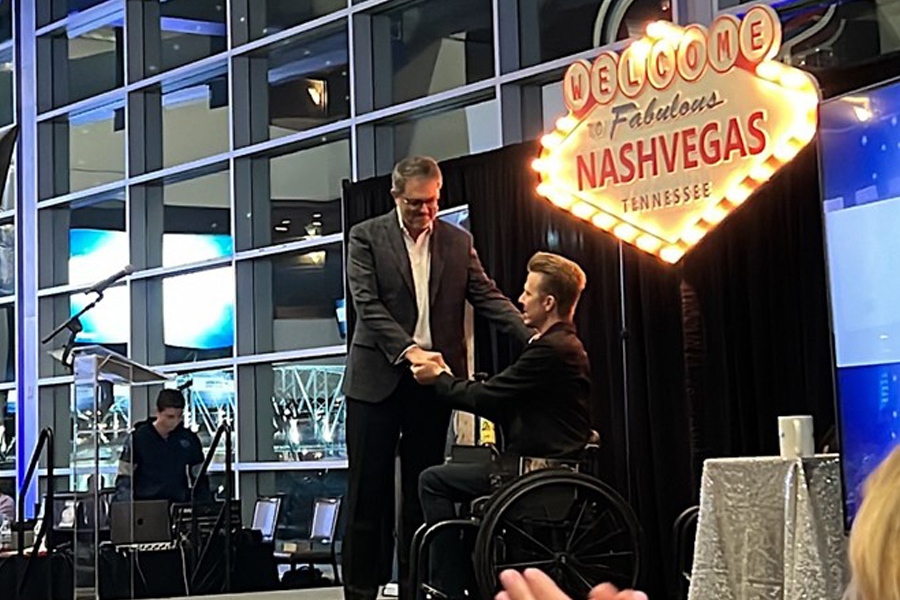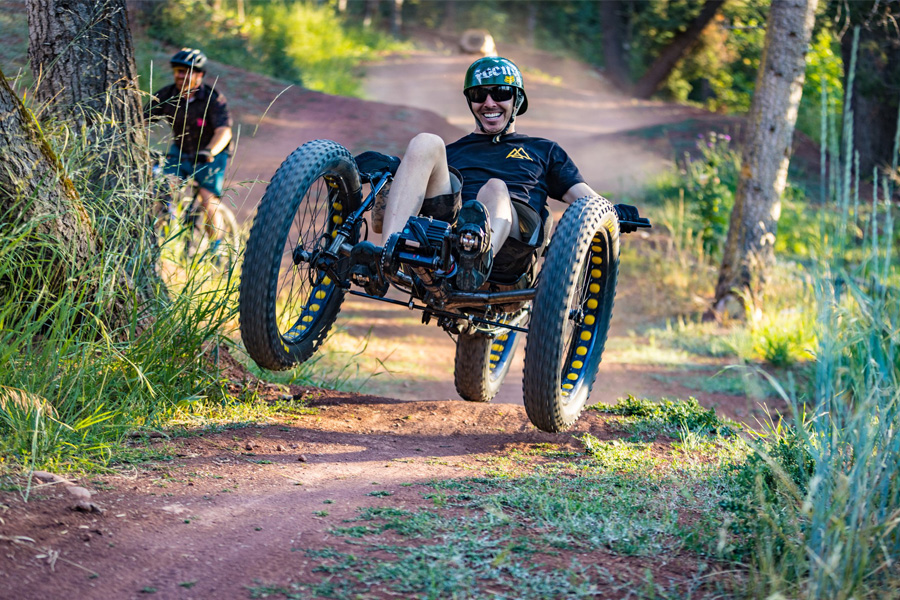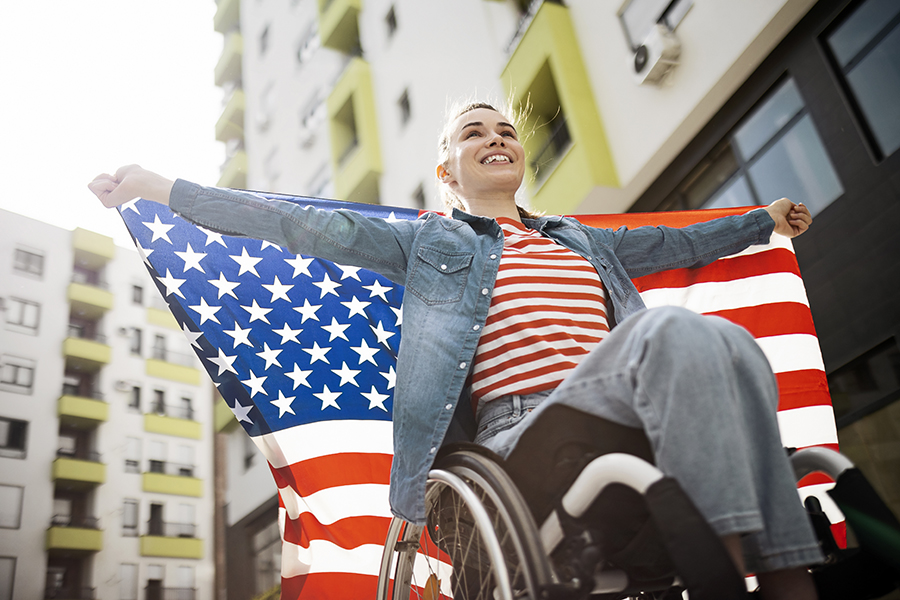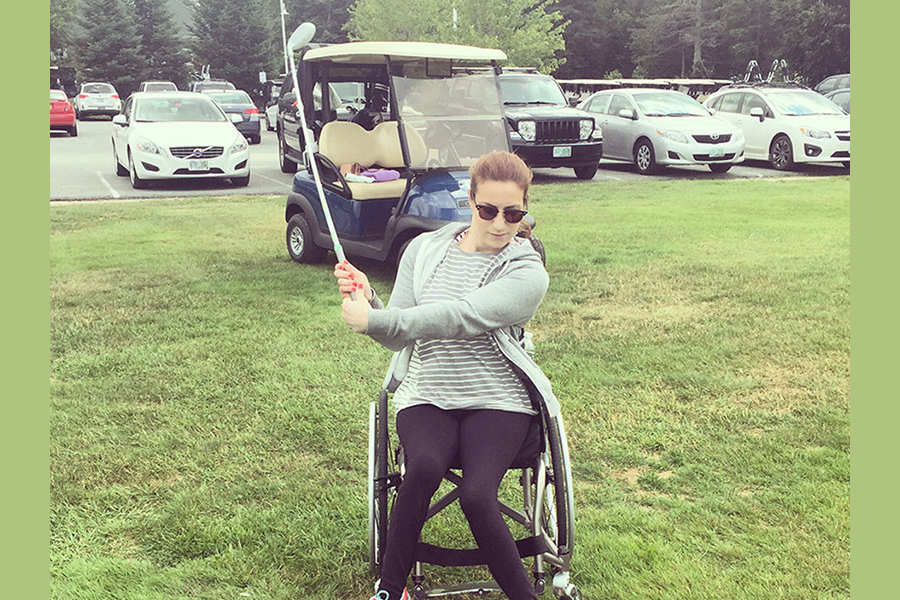Tips for a Smooth Adventure
New cultures, meeting people from different backgrounds, and experiencing different landscapes while traveling is one of life’s most enriching experiences. However, for travelers with disabilities, navigating international travel can come with extra challenges and can require thoughtful planning. In this blog, we’ll explore some valuable tips and resources for traveling internationally with a disability, helping ensure that your adventure is as smooth and enjoyable as possible.
1. Plan Ahead
The most important step in preparing for international travel is understanding the accessibility features available to, at and from your destination. This means researching your flight, airports, accommodations, and local transport options in advance.
-
- Airline & Airport: Many airlines provide services like wheelchair transfers, priority boarding, and assistance navigating through the airports. Make sure to inform the airline about your needs well ahead of time—at least 48 hours before your flight—so they can make appropriate arrangements.
- Accommodation: Look for hotels or rentals that are fully accessible. Websites like Airbnb often have detailed filters for wheelchair-accessible rooms, bathrooms, and elevator access.
- Transportation: Some cities are more accessible than others, and some may have taxis or ride-sharing services equipped for people with disabilities. If public transportation isn’t ideal, consider renting a specialized vehicle if necessary.
2. Know Your Rights and Resources
Different countries have different laws and regulations regarding accessibility, but many offer protections. The European Union mandates that airports and airlines provide assistance to passengers with disabilities, and the United States has the Americans with Disabilities Act (ADA) to ensure access to services. In case of any accessibility issues, knowing your rights can help you advocate for yourself and avoid misunderstandings or setbacks.
Additionally, several organizations, such as the International Air Transport Association (IATA) and Society for Accessible Travel & Hospitality (SATH) provide information and resources to help travelers with disabilities prepare for their trips. If you’re ever uncertain, these organizations can serve as a helpful point of contact.
3. Pack Smart and Be Prepared for Health Needs
Packing isn’t just about clothes—it’s about ensuring you have everything needed to manage your health and mobility.
-
- Medications and Medical Supplies: Always pack more medication than you think you’ll need, and carry it in its original packaging with a copy of your doctor’s prescription. Some countries have strict regulations on medication imports, so it’s also wise to check with the embassy or consulate of your destination to ensure there are no restrictions. Also, keep it on you – do not check it in luggage that could get lost!
- Equipment: When flying, you may need to check your equipment with the airline. Know their policies on how to check in assistive devices at the gate, and consider bringing a repair kit for potential issues. I always keep an Allen key & duct tape in my backpack.
- Emergency Contacts: Keep a list of emergency contacts in your home country, and make sure to include your doctor’s contact information and a list of any medications you take or are allergic to.
- Travel Insurance: Travel insurance that covers medical emergencies abroad is essential for peace of mind. Some policies even cover trip cancellations due to medical reasons or the need to replace lost or damaged mobility aids.
4. Research Local Accessibility Options
The definition of accessibility can vary widely depending on the region you’re visiting. Some places may have excellent infrastructure, while others may be less equipped to support travelers with disabilities.
-
- Tourist Attractions: Many destinations have made efforts to improve accessibility, but it’s essential to double-check. Look for travel blogs, forums, or social media groups that cater to travelers with disabilities, as these can offer firsthand insights into accessible activities and attractions. Wheel The World does a great job by hosting visitors in over 250 locations.
- Hiring a Local Guide: Hiring a local guide who is experienced in the area and language can make a significant difference.
- Health and Emergency Services: Know where the nearest hospital or medical center is and if they are accessible.
5. Be Flexible and Patient
Traveling can be unpredictable, internationally or locally, and there may be moments when things don’t go as planned. Flights may be delayed, the shower bench may not work, or an elevator isn’t working. In these moments, it’s important to remain flexible, stay patient, and ask for help. Most people in the travel and hospitality industry are happy to assist, and often, a little patience and understanding can go a long way in finding a solution.
6. Embrace the Experience and Stay Positive
As a traveler with a disability, I have found many unique insights into the world and how we can navigate it together. Use your experience as a chance to challenge assumptions, raise awareness, and share your perspective with others.
Travel is about the journey, and no matter what challenges you face, the reward of seeing the world is always worth it.
Safe travels!
Aaron Baker






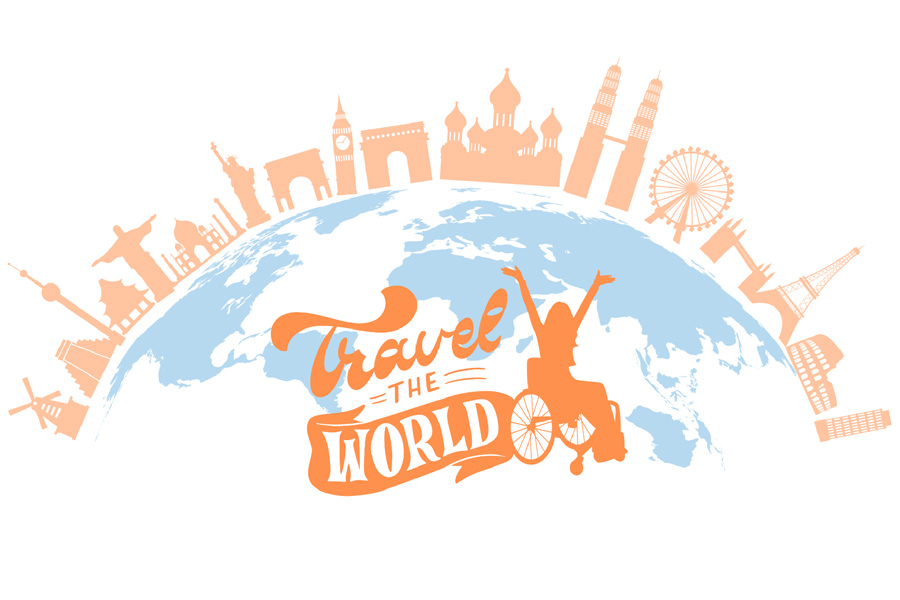


 I have progressive MS and I find it hard sometimes to have a positive attitude. How do you reach out to others?
I have progressive MS and I find it hard sometimes to have a positive attitude. How do you reach out to others?